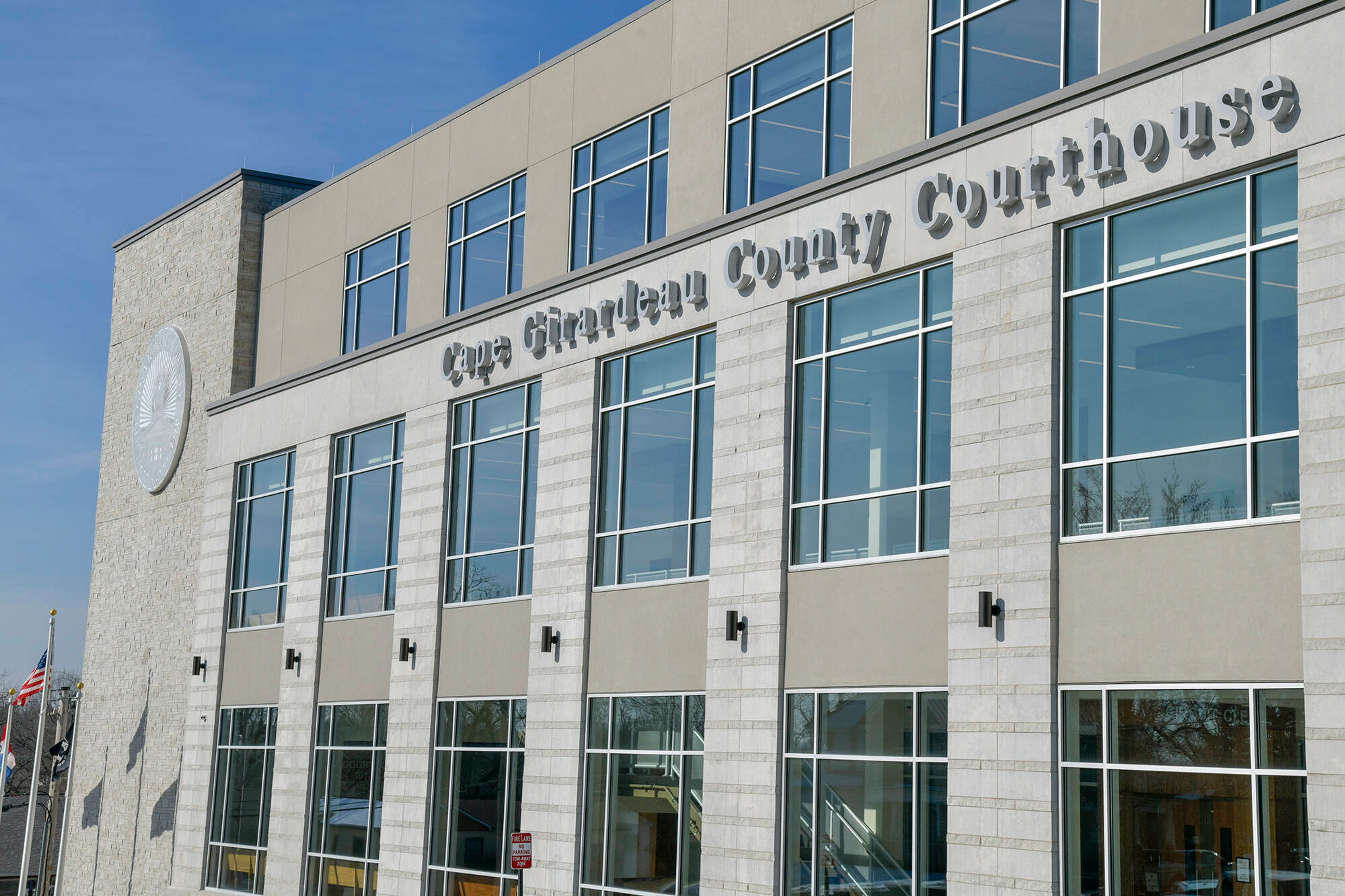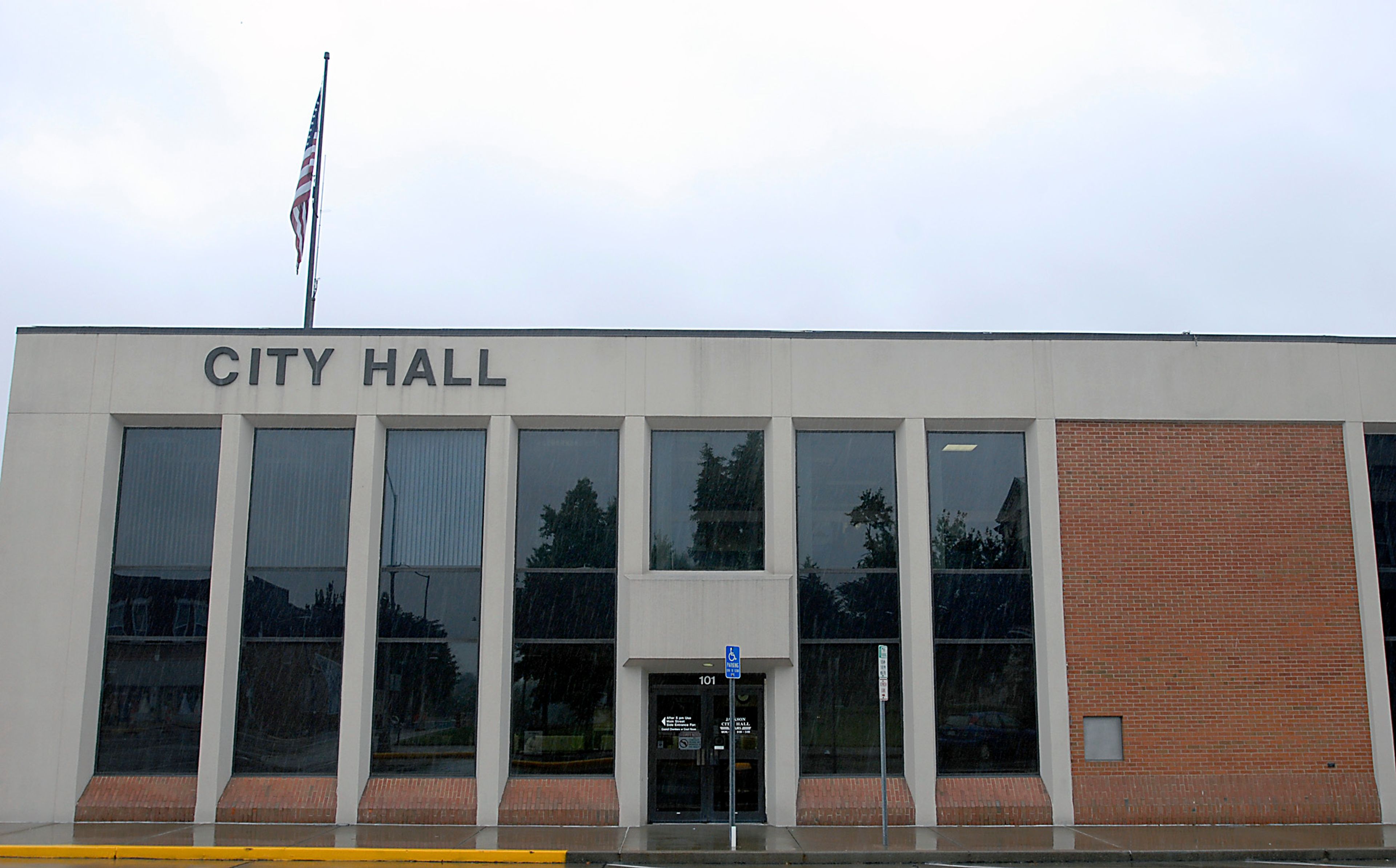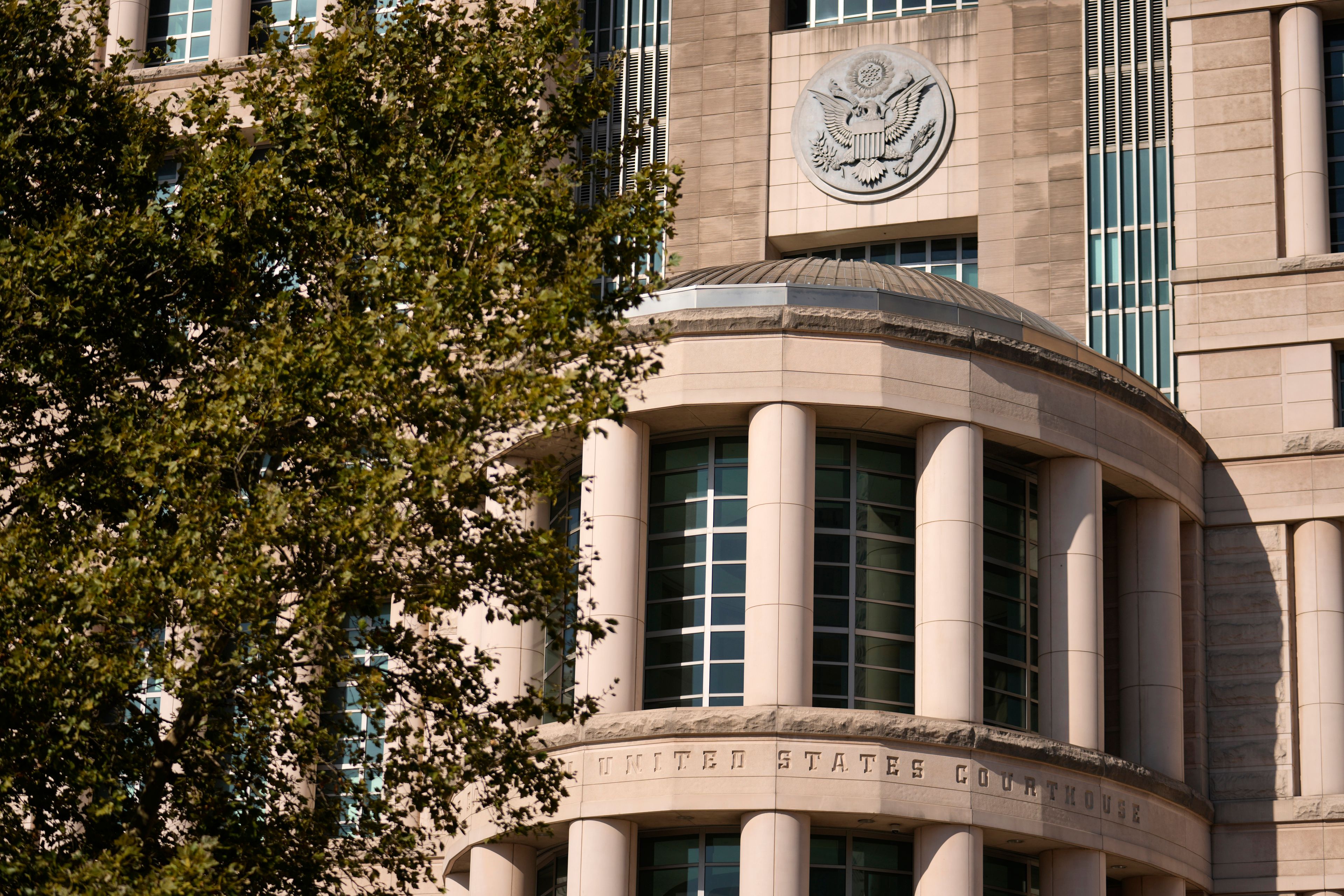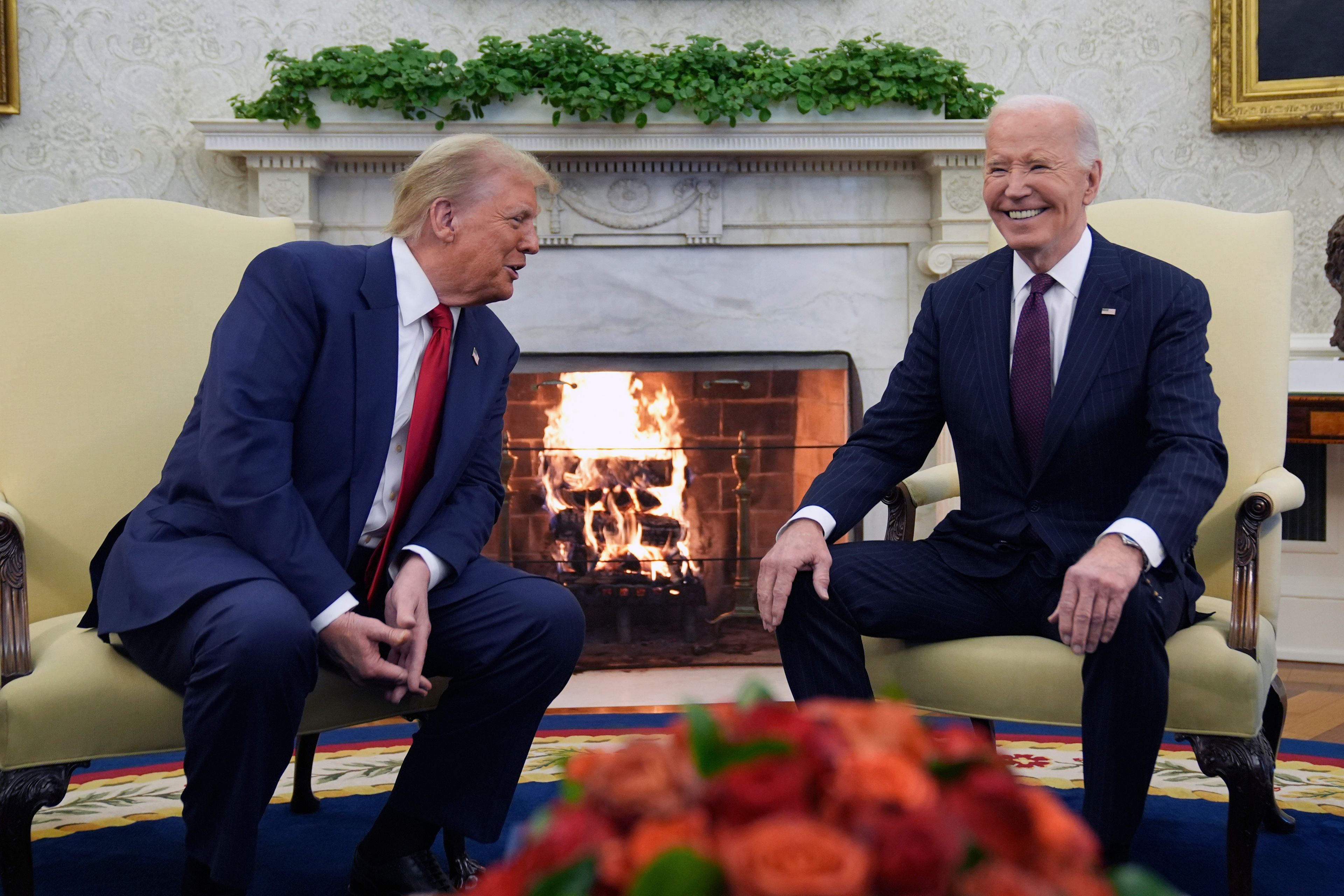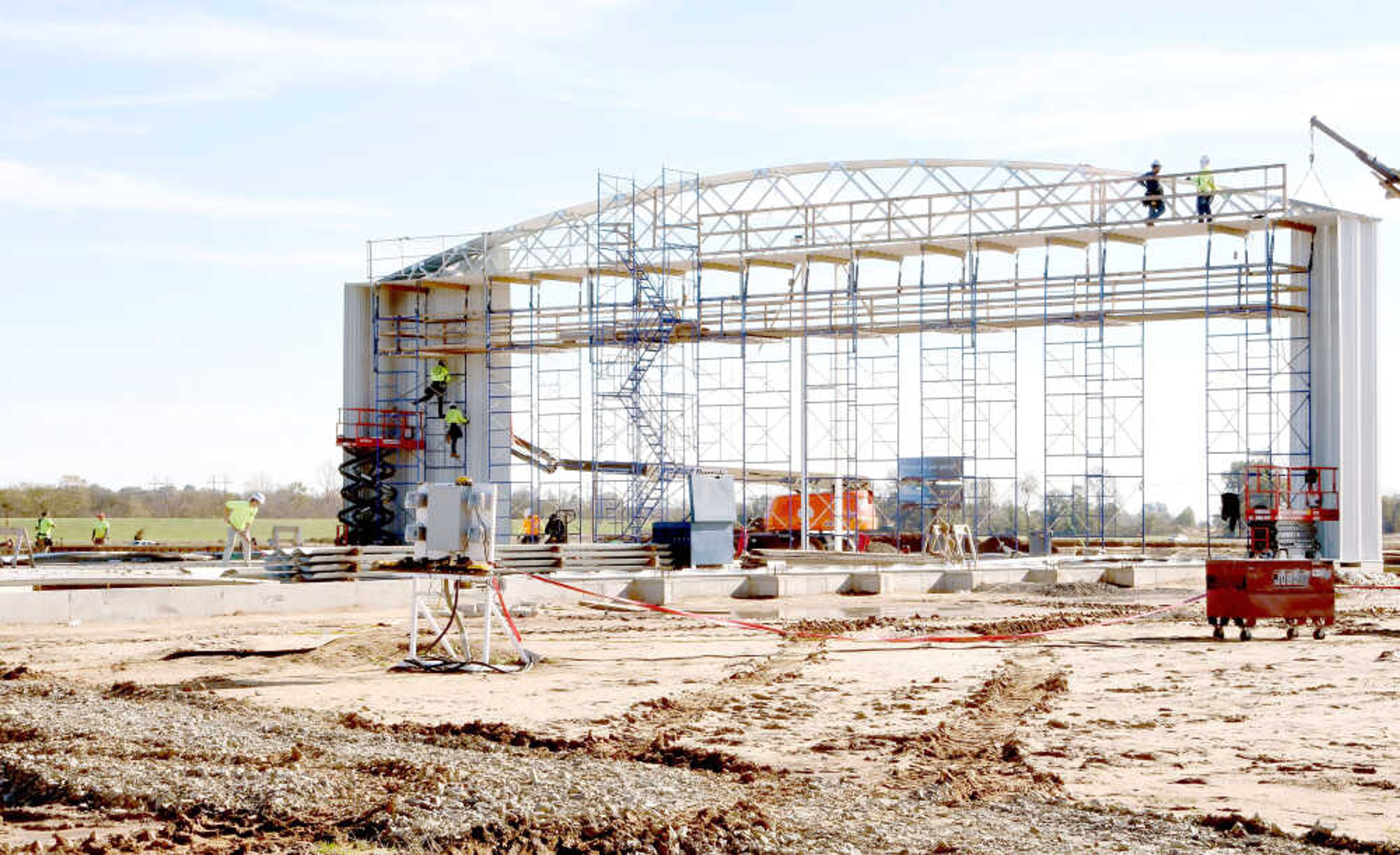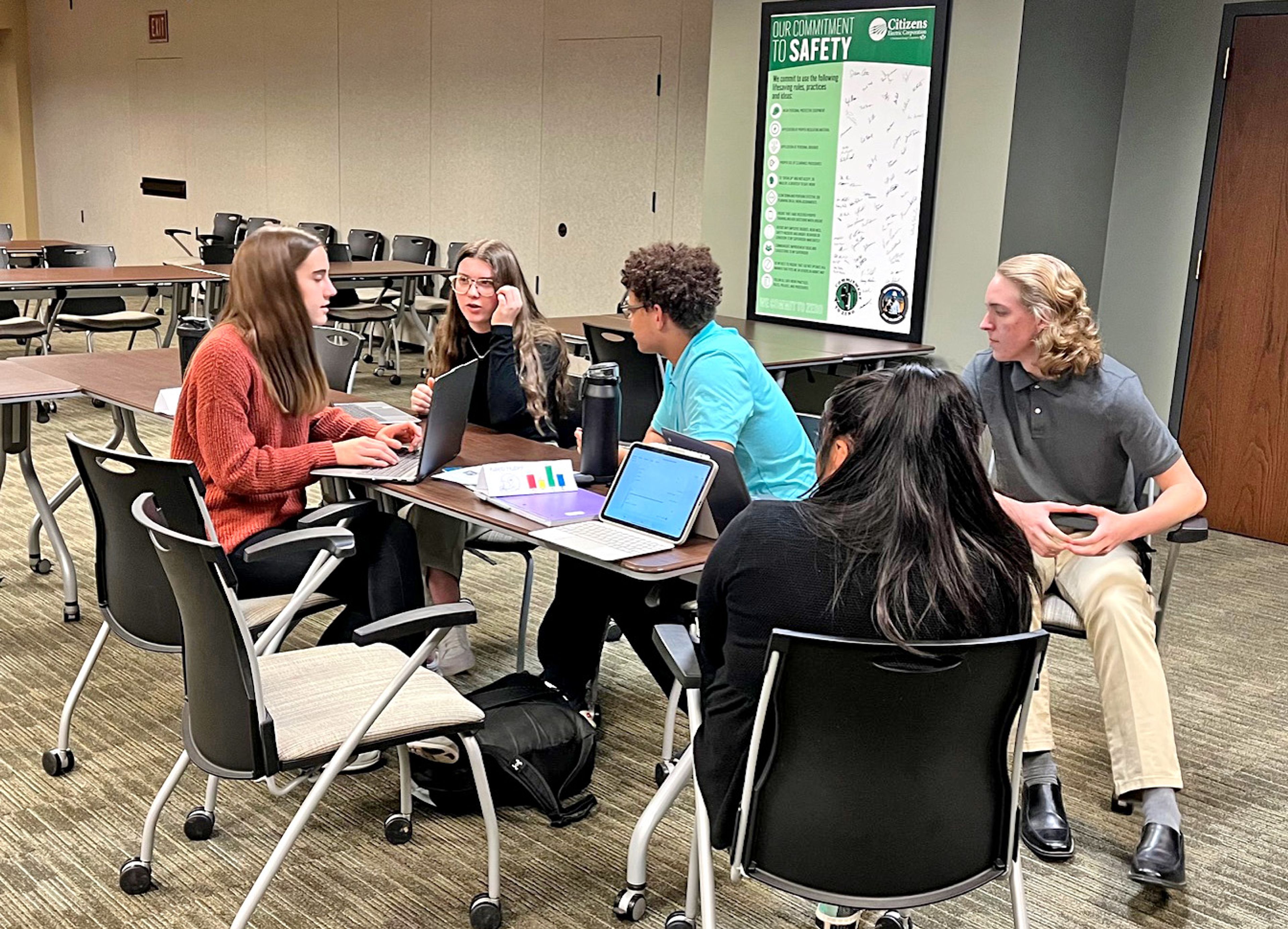Climate scientist: Missouri in for another harsh winter
JEFFERSON CITY, Mo. -- Those still shuddering from bitter memories of an unusually frigid winter last year better prepare for some more bad news. This week, an atmospheric scientist from the University of Missouri predicted another extremely cold and snowy winter for Missouri as multiple factors are likely to cause cold weather fronts to stall over the Midwest this season...
JEFFERSON CITY, Mo. -- Those still shuddering from bitter memories of an unusually frigid winter last year better prepare for some more bad news.
This week, an atmospheric scientist from the University of Missouri predicted another extremely cold and snowy winter for Missouri as multiple factors are likely to cause cold weather fronts to stall over the Midwest this season.
"Atmospheric blocking patterns will keep cold air in place," said Tony Lupo, professor and chair of the MU Department of Atmospheric Science. "In addition, more moisture will be guided into the United States leading to more precipitation. With colder temperatures and increased moisture, expect another snowy winter for much of the Midwest."
The expected weather pattern is the result of activity in the Pacific Ocean. The La Niña weather phenomenon cools water near the equator, causing less warm air to rise and triggering a global domino effect, according to Lupo. Cooler atmospheric temperatures will influence the upper level winds steering more storms into the continental United States.
But it's another unique weather phenomenon that could make winter in the Show-Me State this year especially brutal. Lupo said there will be an increase in the little-understood meteorological event known as "atmospheric blocking." Although the science behind blocking is still being research, he said it is known that a decrease in the activity of solar flares does contribute to an increase in blocking events.
Atmospheric blocking is a weather phenomenon responsible for prolonged bouts of extreme conditions. This kind of event occurs globally 20 to 40 times a year and usually last eight to 11 days, Lupo said. A number of these events are likely to occur in the Midwestern United States this year, increasing the probability that a snow storm could stall above Missouri at some point and drop heavy amounts of frozen precipitation.
Connect with the Southeast Missourian Newsroom:
For corrections to this story or other insights for the editor, click here. To submit a letter to the editor, click here. To learn about the Southeast Missourian’s AI Policy, click here.

